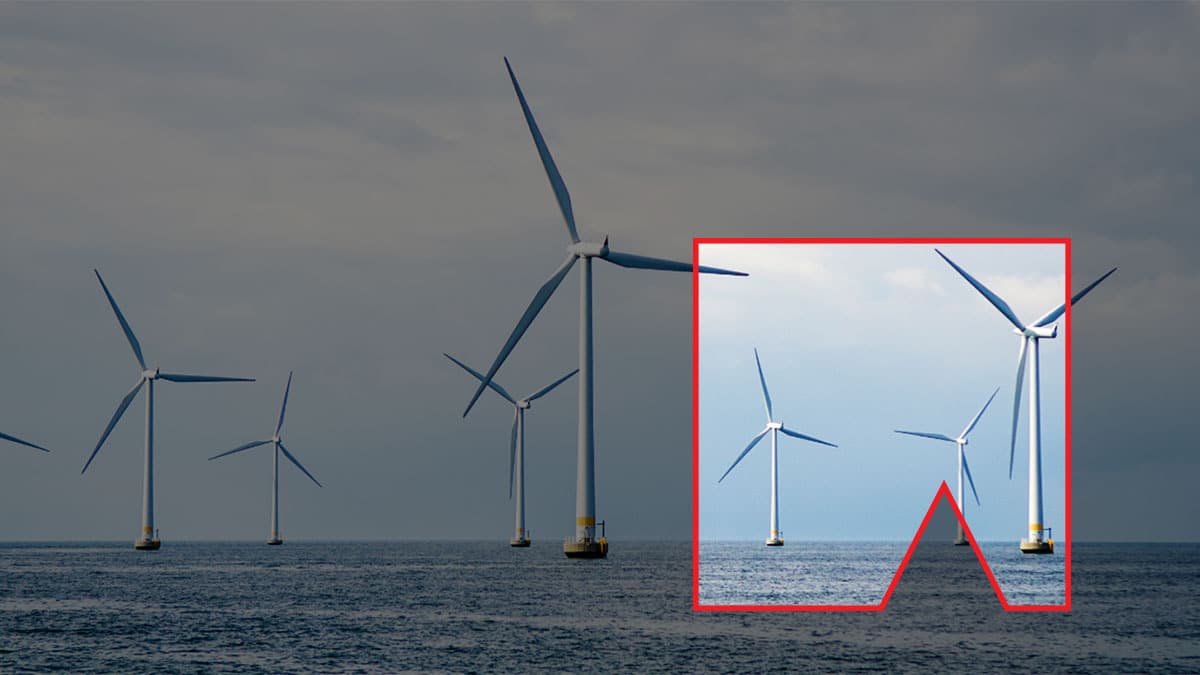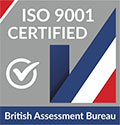When developing a strategy to help your offshore wind farm employees stay on the job in their physically demanding positions, you’ll have to put careful thought into how to keep them safe and healthy.
The work environment of offshore wind farms is challenging due to the remote location and physical demands of scaling the wind turbines, It creates unique problems for employers looking to keep workers safe, healthy, and productive.
Health and Safety Concerns on Wind Farms
These challenges are often overlooked and make it necessary to provide specialized medical support, including rescue services. You’ll want to address these areas when ensuring the health and safety of your workforce.
Limited Space to Administer Care
Because employees may need medical attention on a turbine, moving them to a clinic may not be possible. Your medical team must be skilled and experienced enough to deliver care from a kit carried with them on their person.
Physical Demands of the Job
Due to the physical demands of climbing a turbine, fitness screening standards for all employees, including medics, are a must. Medics require additional ropes rescue training in the event they need to lower an injured worker from a turbine.
Remote Locations
On-site medical professionals who can effectively treat patients in an emergency is critical when your worksite is far from the nearest healthcare facility. Your medical team must be prepared to lead the safe rescue of a compromised worker from the top of a turbine.
Is Your Organization Ready for Growing U.S. Wind Farm Implementations?Â
The offshore wind market has seen growth worldwide, but in the U.S., the outlook is that there will be a long-awaited wind energy farm boom.
As the demand for renewable energy sources in the U.S. grows, it’s critical to start planning for the health and safety resources your future workforce will need. To plan for future health and safety needs in the U.S., you’ll need to understand the current state of the industry and how it’s expected to grow.
Here are seven facts about the predictions for growth in offshore wind farms in the U.S. to help inform your strategy and timeline.
- The first offshore wind farm went online in December 2016.
- 14 offshore wind projects (totaling 9,112 MW) are expected to be in operation by 2026.
- As of September 2020, 15 commercial wind energy leases have been issued by the U.S. Department of Interior’s Bureau of Ocean Energy Management (BOEM).
- An estimated 83,000 jobs will support the production of 30 GW of offshore wind.
- By 2030, the yearly economic output of the production of 30 GW of offshore wind is an estimated $25 billion.
- Electricity produced by offshore wind farms is transmitted back to land through undersea cables.
- The height of the one active offshore wind turbine in the US is 590 ft.
Five Offshore Wind Health and Safety Facts
To protect your offshore wind farm employees, you’ll need trained medics and resources that meet the needs of an offshore energy workforce. In 2019, the industry saw an increase in reported work incidents globally.
Here are five health and safety facts taken directly from industry data about the global and U.S. markets for offshore wind energy. This data was reported in 2019 by the Global Offshore Wind Health and Safety Organisation.
These facts will help you understand the potential for dangerous situations and work towards eliminating the hazards of working on an offshore wind farm.
- There were 62 total lost workdays due to injury.
- The 41 emergency response / medical evacuation incidents were an increase of 32% from the previous year.
- The 92 incidents of dropped objects were an increase of 44% from the previous year.
- There were 12 incidents in the U.S. reported as near misses that had the potential to cause a fatal or life-changing injury.
- There were 16 U.S. worksite incidents in catering/cleaning, manual handling, surveys, and vessel operation work processes.
Ready to Keep Your Employees Safe as They Build Our Global Energy Supply?
You need a medical services partner experienced in meeting the renewable energy industry’s unique challenges. The offshore medical services partner you choose to work with should demonstrate a solid understanding of the dangerous conditions under which your crew operates.
They need to prove that their medical staff doesn’t overlook the health and safety demands of offshore and has the fitness level required to rescue a worker from a wind turbine safely.
These specialized medical skills will help you protect employees while building tomorrow’s energy resources.
Contact Us
Resources
Sources for the seven facts about offshore wind farms:
- American Wind Energy Association; U.S. Offshore Wind Industry Status Update, September 2020. https://www.awea.org/Awea/media/Resources/Fact%20Sheets/Offshore-Fact-Sheet.pdf
- U.S. Department of Energy, Office of Energy Efficiency & Renewable Energy; Top 10 Things You Didn’t Know About Offshore Wind Energy; October 8, 2020. https://www.energy.gov/eere/wind/articles/top-10-things-you-didn-t-know-about-offshore-wind-energy
- Roberts, David. Vox. “These huge new wind turbines are a marvel. They’re also the future.†May 20, 2019. https://www.vox.com/energy-and-environment/2018/3/8/17084158/wind-turbine-power-energy-blades
Source for the five health and safety facts:
- G+ Global Offshore Wind Health and Safety Organisation; 2019 incident data report, 2020. https://www.gplusoffshorewind.com/work-programme/statistics


